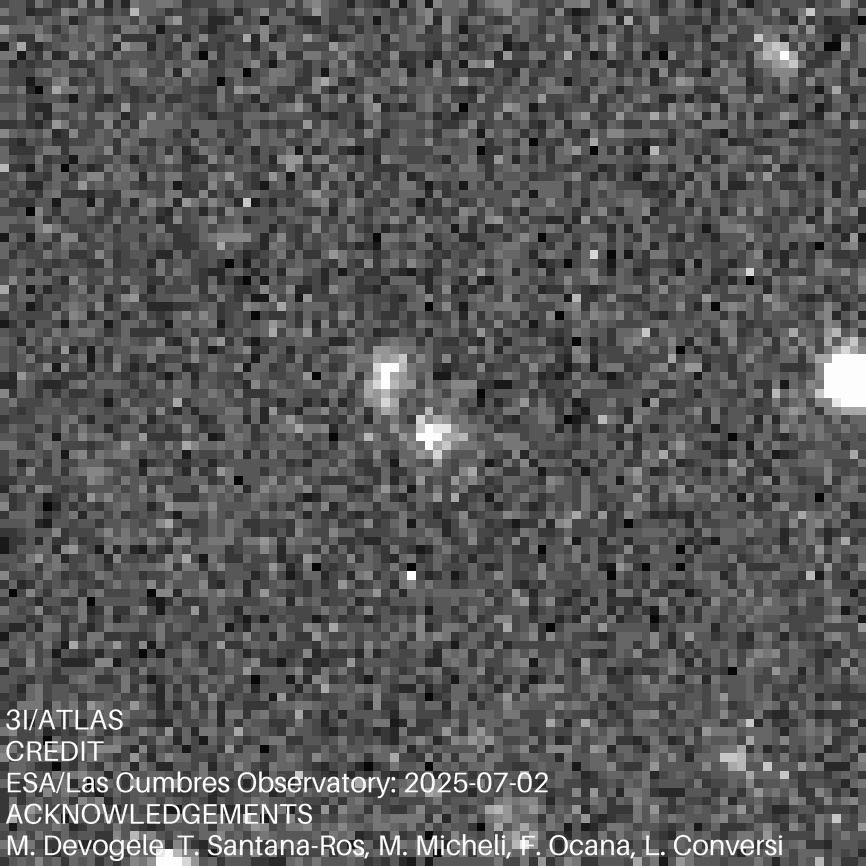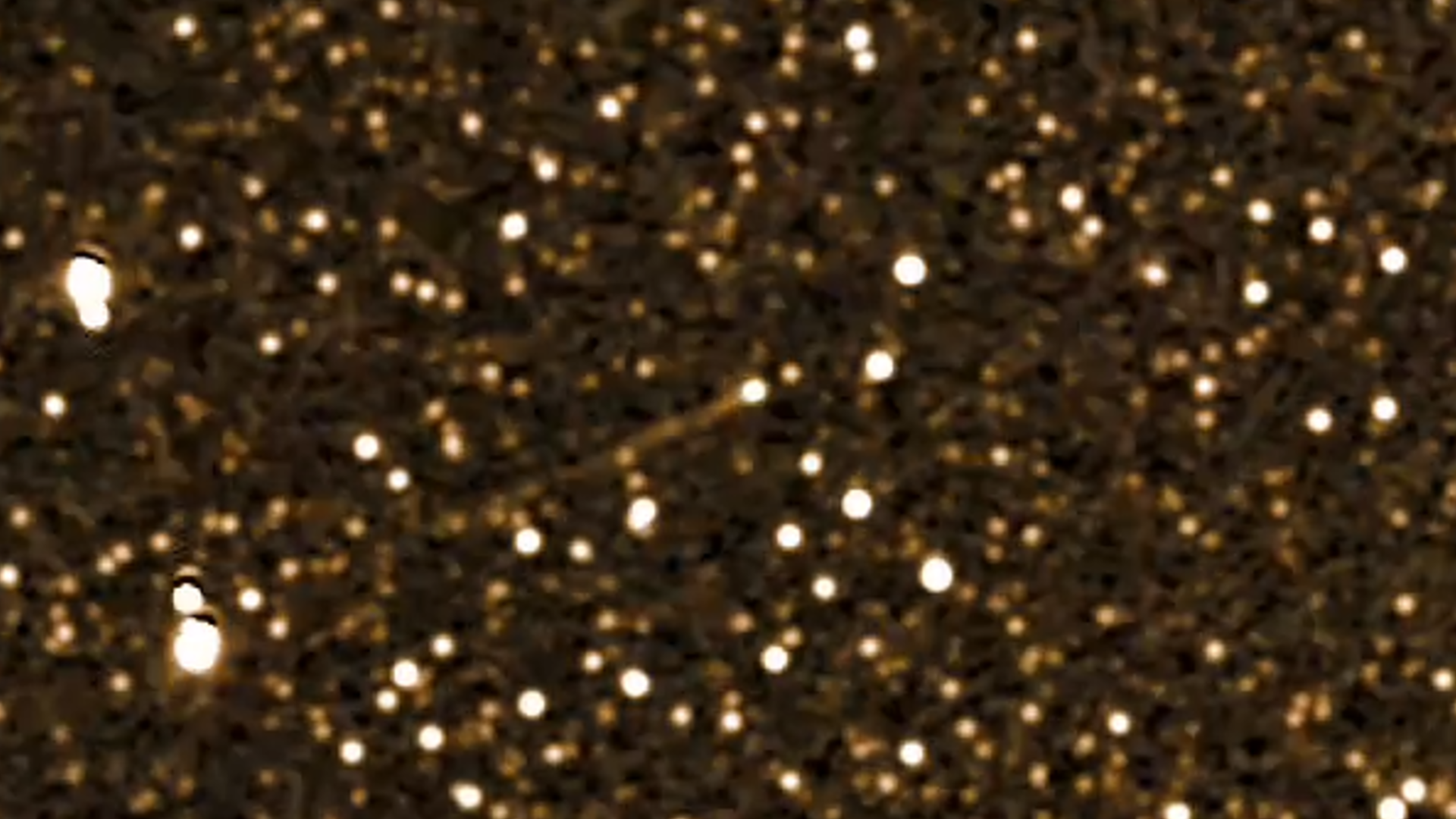Hubble spots interstellar invader Comet 3I/ATLAS for the first time
The long-serving space telescope saw the third interloper to enter the solar system from beyond its limits late on Monday morning (July 21).

The Hubble Space Telescope has caught its first glimpse of comet 3I/ATLAS. The comet is just the third object humanity has observed entering the solar system from beyond its limits.
Prior to 3I/ATLAS, the previous two "interstellar invaders" were 1I/'Oumuamua, spotted in 2017, and 2I/Borisov, detected in 2019. Both have now left the solar system, though other interstellar bodies are predicted to dwell undetected in our cosmic backyard.
As Space.com reported on July 11, recent research suggested that 3I/ATLAS could be even more exciting than initially perceived, as its trajectory through the solar system indicates it comes from a region of the Milky Way older than our 4.6 billion-year-old solar system. With an estimated age of 7 billion years, that would make 3I/ATLAS the oldest comet we've ever seen.
Astrophysics undergrad student astrafoxen alerted his followers to the Hubble images of 3I/ATLAS via this Bluesky feed.
"Hubble Space Telescope images of interstellar comet 3I/ATLAS are out! These were taken 5 hours ago. Plenty of cosmic rays peppering the images, but the comet's coma looks very nice and puffy. Best of luck to the researchers trying to write up papers for this... " the post reads.
Hubble Space Telescope images of interstellar comet 3I/ATLAS are out! These were taken 5 hours ago. Plenty of cosmic rays peppering the images, but the comet's coma looks very nice and puffy. Best of luck to the researchers trying to write up papers for this... archive.stsci.edu/proposal_sea... 🔭
— @astrafoxen.bsky.social (@astrafoxen.bsky.social.bsky.social) 2025-07-22T09:45:35.680Z
One such paper is already available, albeit as a preprint. Describing optical and near-infrared spectroscopy performed on 3I/ATLAS, the research reveals that: "3I/ATLAS is an active interstellar comet containing abundant water ice, with a dust composition more similar to D-type asteroids than to ultrared trans-Neptunian objects."
D-type asteroids are space rocks packed with organic molecule-rich silicates and carbon with water ice in their interiors.
Breaking space news, the latest updates on rocket launches, skywatching events and more!

The arrival of 3I/ATLAS into the solar system has initiated an exciting period for astronomers. Since the solar system interloper was spotted on July 1, 2025, by the ATLAS survey telescope, an array of other instruments have attempted to get in on the act by spotting the comet.
One project that will be trying to get a good look at 3I/ATLAS is the Vera C. Rubin Observatory, which observes the universe near and far with the largest digital camera ever built. That is fitting, as the comet from beyond the solar system was actually first spotted as scientists were preparing to make observations with Rubin.
The new observatory, which released its first images of the cosmos on June 23, 2025, is expected to discover between 5 and 50 interstellar objects as they zip through the solar system during the observatory's decade-long Legacy Survey of Space and Time (LSST).
In the meantime, 3I/ATLAS can enjoy the undivided attention of astronomers aiming to study interstellar bodies with a view to painting an intimate picture of planetary systems beyond our own.
The Hubble images of 3I/ATLAS are available to download from this database.

Robert Lea is a science journalist in the U.K. whose articles have been published in Physics World, New Scientist, Astronomy Magazine, All About Space, Newsweek and ZME Science. He also writes about science communication for Elsevier and the European Journal of Physics. Rob holds a bachelor of science degree in physics and astronomy from the U.K.’s Open University. Follow him on Twitter @sciencef1rst.
You must confirm your public display name before commenting
Please logout and then login again, you will then be prompted to enter your display name.
